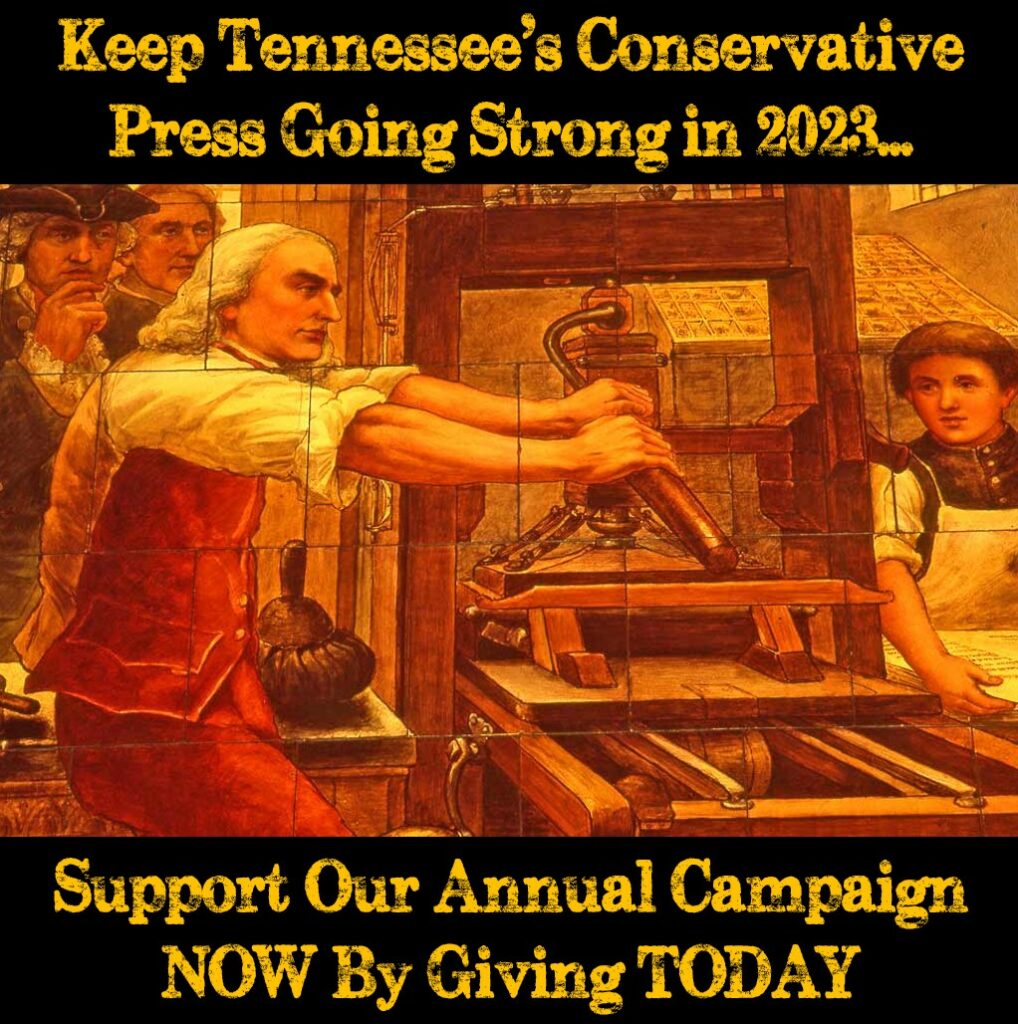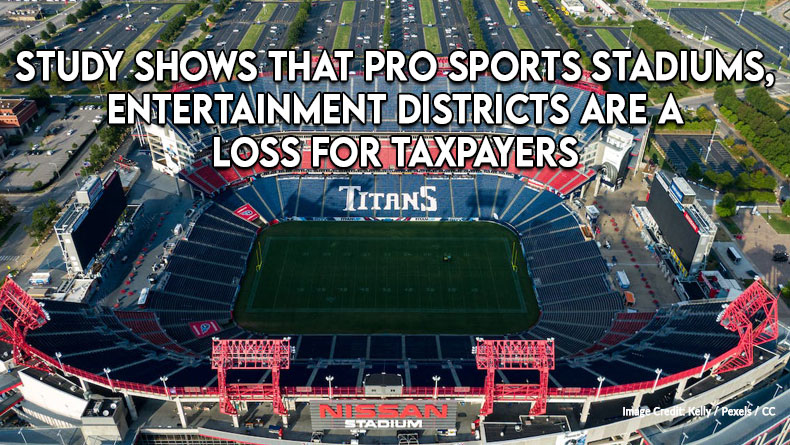Image Credit: Kelly / Pexels / CC
The Center Square [By Jon Styf] –
While project promoters in cities such as Nashville, Tennessee, and Tempe, Arizona, continue to push the narrative that professional sports stadiums with surrounding developments are economic stimulators, a new report shows professional sports stadiums and the surrounding developments do not bring the promised returns.
The academic paper, from the College of Holy Cross’ Robert Baumann and Kennesaw State University Economist J.C. Bradbury, looked at the promised returns of both The Battery outside the Atlanta Braves’ Truist Park and Polar Park in Worcester, Massachusetts.

They found, like with stadiums, most of the spending in districts outside a stadium is diverted spending and not new spending in an area.
Instead of gaining money for the municipality, the research shows the Worcester stadium will result in a loss of $40 million to $60 million for the municipality while Truist Park’s losses will be between $100 million and $200 million.
“The opportunity cost of most sports consumption – particularly regular season team games hosted by sports venues – is other local spending, which results from the diversion of consumption from other local entertainment options,” the paper states. “It is well understood by economists that spending on tickets, concessions, merchandise, and other items directly at a stadium largely ‘crowd out’ spending that would otherwise go to other local businesses, and there is no theoretical expectation that expanding business activity to include the district outside the stadium would change this accounting.”
Despite this, those promoting stadium projects continue to push the benefits and economic impact of the developments. The report said researchers have found promoting stadiums as economic development projects is persuasive.

Metro Nashville Council Member Courtney Johnston, for instance, told constituents a deal to give the Tennessee Titans the most public funding ever for a National Football League stadium would be a boon for taxpayers. The Titans are scheduled to receive $1.26 billion in public funds toward a new $2.1 billion stadium and a tax capture is projected to collect $3.1 billion over the 30-year lease that will also pay for future capital and maintenance at the stadium along with infrastructure in the district outside the stadium.
“Releasing the areas of the campus surrounding the new stadium from encumbrances creates enormous economic benefit from the future development rights – including rental payments, property taxes, local option sales taxes and other revenues,” Johnston repeated twice in a newsletter to constituents.
In order to make those claims, teams and municipalities commission studies from marketing groups that are non-academic consultants that use proprietary models to estimate large benefits from a stadium and complex.
The report states the “most egregious error of commissioned studies is counting all economic activity associated with stadiums, teams and events as new spending.”

In Tempe, the city and team have paid for reports from Arizona State’s Seidman Research Institute, the New York Yankees’-and Dallas Cowboys’-owned Convention, Sports & Leisure and Hunden Strategic Partners and claim large benefits for a new Arizona Coyotes arena and entertainment complex.
“Commissioned impact studies of sports venues, teams, and events have been found routinely to violate acceptable practices for conducting economic impact analyses, with methodologies that substantially inflate economic impacts,” Baumann and Bradbury’s paper states. “These consulting reports have been described as ‘fantasy documents which use pseudo-scientific regalia to legitimize organizationally biased points of view.’ “


About the Author: Jon Styf, The Center Square Staff Reporter – Jon Styf is an award-winning editor and reporter who has worked in Illinois, Texas, Wisconsin, Florida and Michigan in local newsrooms over the past 20 years, working for Shaw Media, Hearst and several other companies. Follow Jon on Twitter @JonStyf.



2 Responses
Tell the tax payers something we have known for YEARS. And think they actually paid for this study. No wonder this country is going down hill.
U needed a study to verify this?
Jeez.
What’s so hard?
All one has to do is look at pictures of an area near any stadium.
The diverting of entertainment spending also is well known.
This aspect was hilighted on this website less than year ago.
Must be too many ppl have only short term memory.
Especially, the local opinion and impact being ignored.
Chase that tourist sales tax boys!
That is what this all about on the political side, then on the owners and team side one has the self interest of having new digs for a industry that has surpassed its peak.